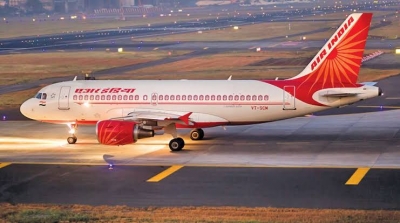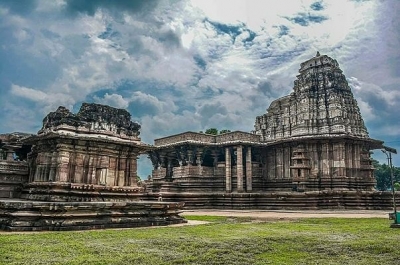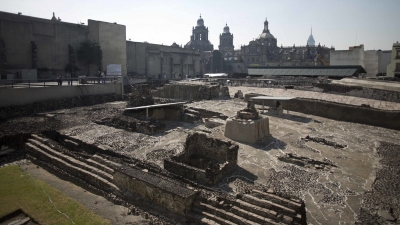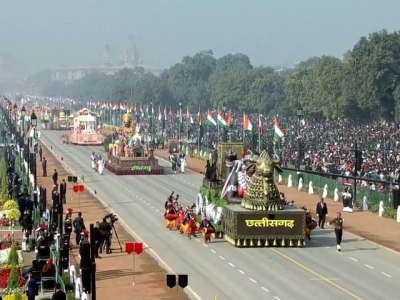Air India returns to Tatas' hangar as group wins bid

India's largest conglomerate Tata group was named the winning bidder for Air India on October 8, 2021. Air India returned to its founder 68 years after it was nationalised, capping years of efforts by the government to privatise the debt-laden airline. The move gave the group full control of Air India and its low-cost unit Air India Express as well as a 50% stake in ground handling company Air India SATS Airport Services Pvt. Ltd, according to a finance ministry statement. Air India was founded as Tata Airlines in 1932 as the country's first airline, but was nationalised in 1953.
"Bidders have agreed to all terms and conditions. Five bidder were disqualified as they did not meet the criterion," the Dipam Secy said. "The process was carried out in a transparent manner with due regard to confidentiality of bidders.
This follows the group of ministers known as the Air India Specific Alternative Mechanism approving the bid winner. The panel was headed by home minister Amit Shah and included finance minister Nirmala Sitharaman, commerce minister Piyush Goyal and aviation minister Jyotiraditya Scindia. The long-awaited Air India divestment is being heralded as one of the biggest reforms by the Narendra Modi government. The earlier attempt in 2018 didn’t find any takers.
The reserve price was fixed at Rs 12,906 crore, and the winning bidder will take Rs 15,300 crore debt. It will also retain all AI employees for one year, and can offer VRS in the 2nd year, as per the Aviation Ministry.
Credit : The Economic Times
Picture Credit : Google


